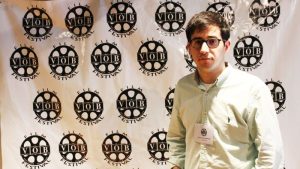
Like Sam Raimi and friends, Yedidya Gorsetman owes his filmmaking career to the circle of friends he formed at college. Once they finished studying, Gorsetman, with producing partner Josh Itzkowitz, and writer Mark Leidner created a small film (Jammed) to see what they could do. Convinced that, with a bigger budget and more resources they could accomplish even more, they got to work on an intelligent sci-fi piece, shot entirely in black-and-white. Empathy, Inc, has been heralded as one of the best independent releases of the year by the likes of Variety, Parade and, yes, also here at Film Threat.
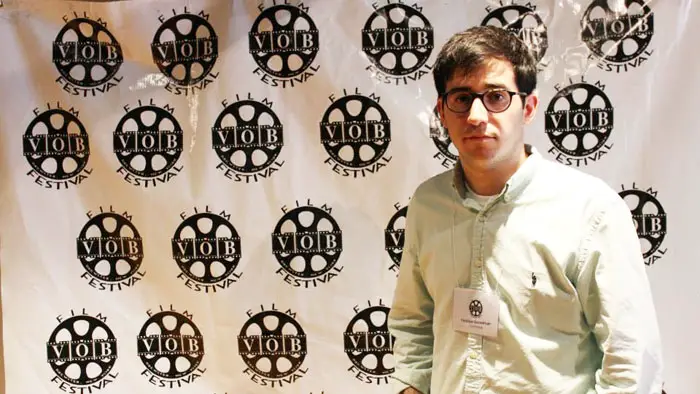
“…at the end of the day we made a genre film that’s unlike its competition. It’s an original story with a distinctive vision.”
Where do you come from, sir?
I’m from Manhattan originally.
And have you shot all your projects there?
Actually no. Empathy, Inc. is the first project I shot in New York. Jammed was shot in the Poconos in 2014. Both locations had their pluses and minuses.
I imagine it was eye-opening coming off shorts, straight onto a feature film?
Well, my first film Jammed was technically feature-length at 72 minutes. But it was certainly a smaller story. Jammed mostly took place at two locations, while Empathy, Inc. had 19. Production wasn’t too surprising, though, since we knew what was coming and had prepared for it meticulously.
What challenges did you face right-off-the-bat?
Communication was the biggest challenge. Empathy, Inc. was the biggest story with the most special effects, action, locations, and cast that I had ever tried to wrangle. More complexity makes it harder, but communication makes managing complexity possible. The vision of this film was so specific, we had to articulate it clearly so that we could inspire confidence in cast and crew. We also had to communicate quickly when problems arose. So our long pre-production was filled with long conversations about why something needed to be one way versus another. Getting good at that was the biggest challenge.
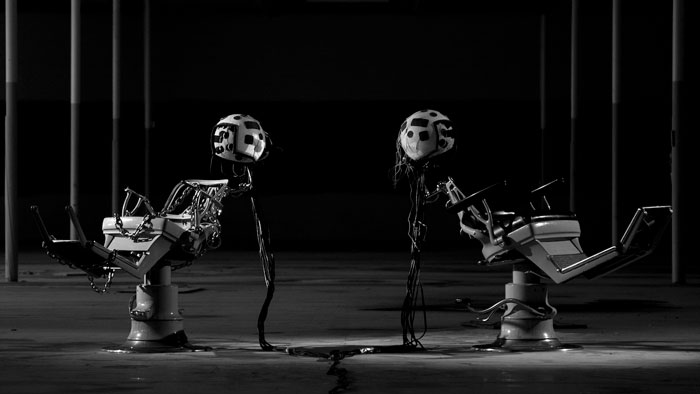
“I think as storytellers we’re deeply interested in psychology…”
Is there a common tonal thread that links Empathy, Inc and your short, Jammed?
In both films, the protagonists change their perspectives when they’re exposed to something new. In Jammed it was drugs and music, and in Empathy, Inc. it is a world-changing technology. In both stories, this new thing changes the characters perspective and leads them on a journey of discovery.
You’re definitely interested in the behavior of make-up of humans. Have you had an interest or studied psychology?
I think as storytellers we’re deeply interested in psychology. What motivates people to take risks, lie, steal, or do good? We’re constantly asking how we can create characters that are as vivid and complex as real people, so that any actor, or crew member, or investor will see in the script a kind of mirror of their own motivations that they don’t often see in a film, and will hopefully want to be involved.
It would seem you also know a lot about virtual reality – have you worked in VR?
I worked at a tech start-up before making Empathy, Inc, and it actually had a focus in VR, but what I think what really makes the technology in the film seem realistic has nothing to do with virtual reality. It has to do with how we portray the mingled romance and seediness of start-up culture. What I think Empathy, Inc. really captures and satirizes is the hype and greed, the unchecked ambition, and even a little of the naïve optimism of start-up culture, which is why I think the technological plot device at the center of the film has a halo of believability.
What kind of research did you have to do into VR, when fleshing out the script for Empathy, Inc?
All our research was filtered through the narrow lens of what we could achieve with our production team, our resources, and what was possible for us cinematically. The research was driven by story. The most important research we did was ask ourselves, what will make people want to believe that this could be real. What research did they do on Back To The Future? Did they go back in time? Obviously not. It’s the DeLorean’s flaming tire tracks, Christopher Lloyd’s performance, Marty’s character, and all the problems he gets into the past that makes the time machine seem real. If the structure of the story and craft behind the filmmaking is solid, the illusion of the plot device usually takes care of itself.
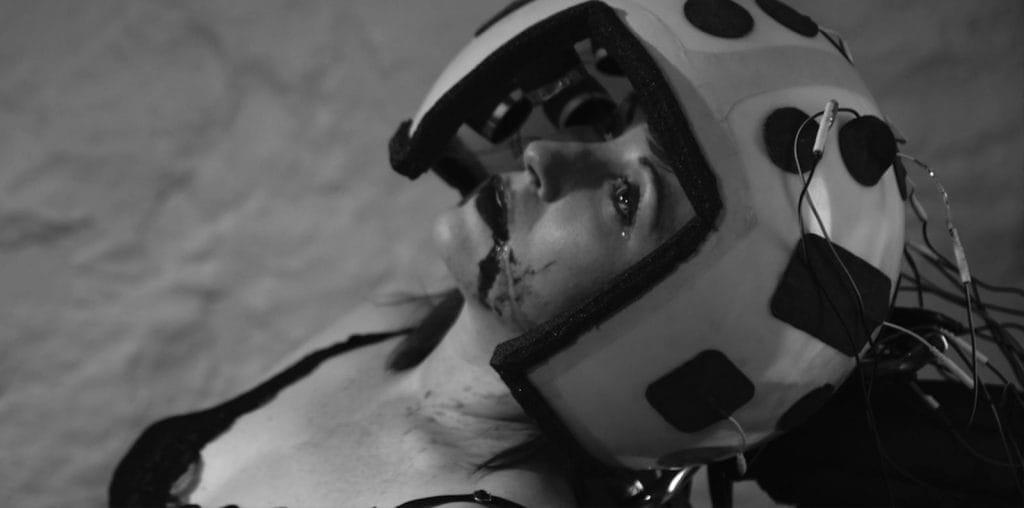
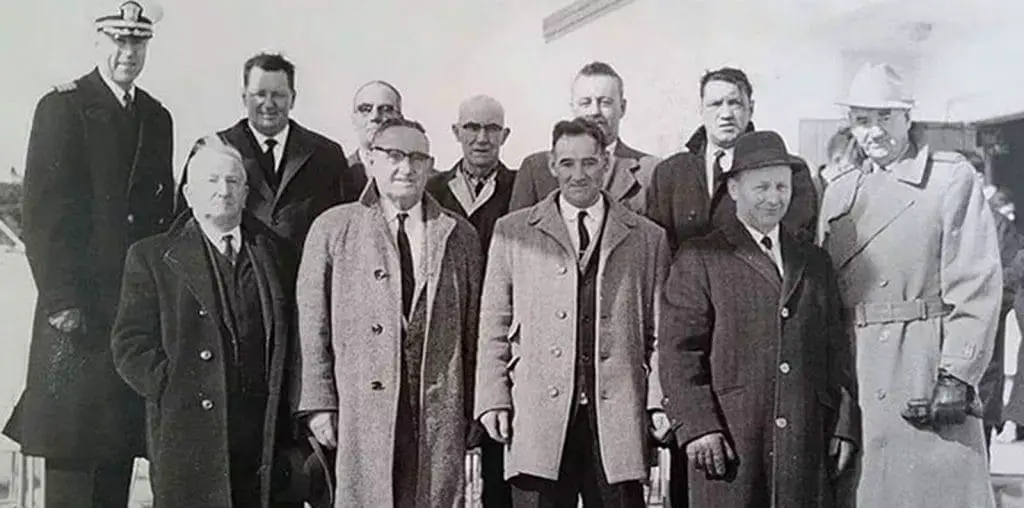
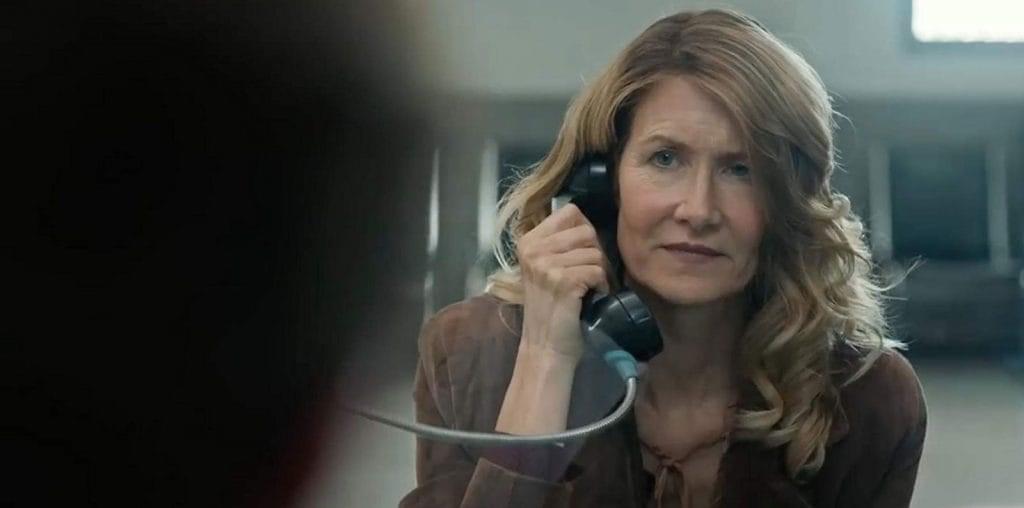
It is interesting that they did not do much research into psychology, and VR and they used the story to frame these elements. I wonder if more advanced portrayals of VR may have played favorably or unfavorably in the film. The fact this was their first film that was filmed in multiple locations was interesting, they did a really good job with setting in this film. The way they handled the complexity of the film is also very interesting and proves how far they have come as filmmakers.
Empathy, Inc., a new sci-fi thriller, delves into the expanding role of technology in society, especially virtual reality, through the use of a start-up company set in a dystopian world. I enjoyed seeing how the ability to body-switch with the less fortunate, blurred the lines of ethics and what it means to be human. Overall, the stellar performances and hidden messages gives this film the uniqueness it has.